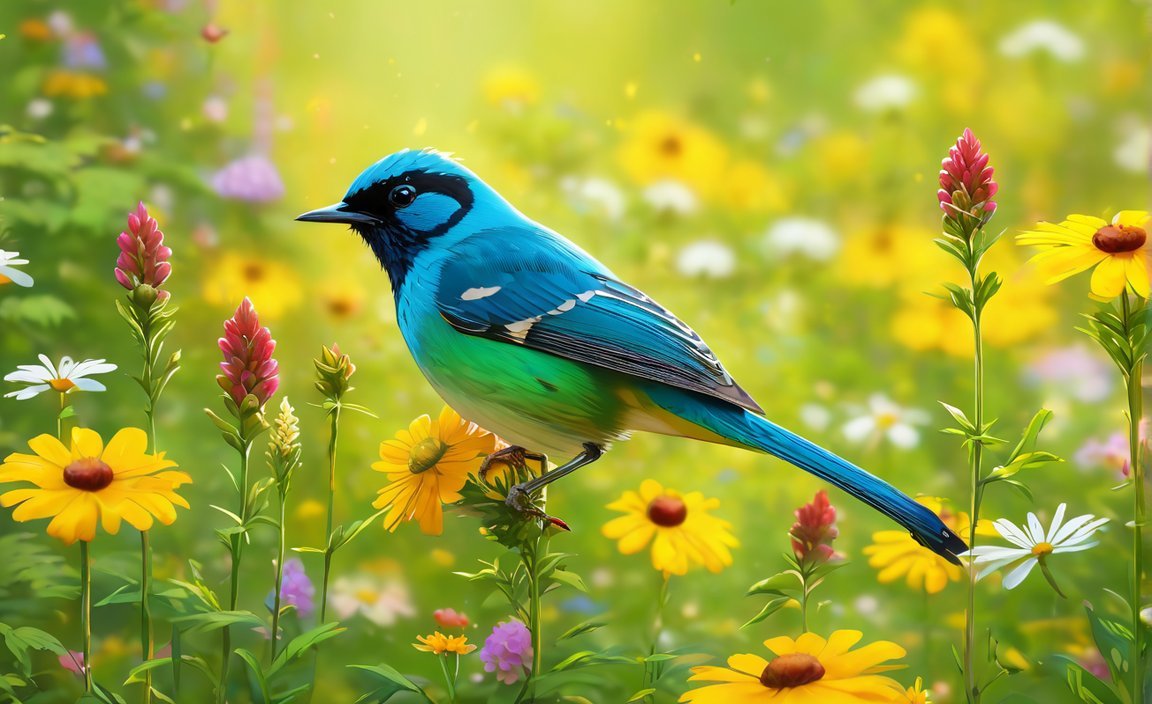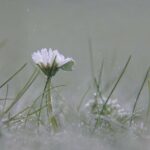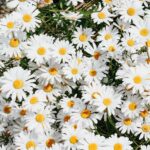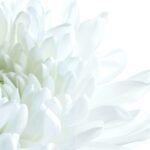Embark on a journey to discover the heart and soul of Vermont’s natural wonders as we delve into the captivating world of the Eastern Hermit Thrush and Red Clover—the state’s cherished bird and flower. These two iconic symbols of Vermont’s rich biodiversity reign supreme in their respective realms, commanding attention with their beauty, significance, and cultural connection. Join us as we unravel the enchanting tales behind these natural treasures, embracing the harmony they bring to Vermont’s awe-inspiring ecosystem.
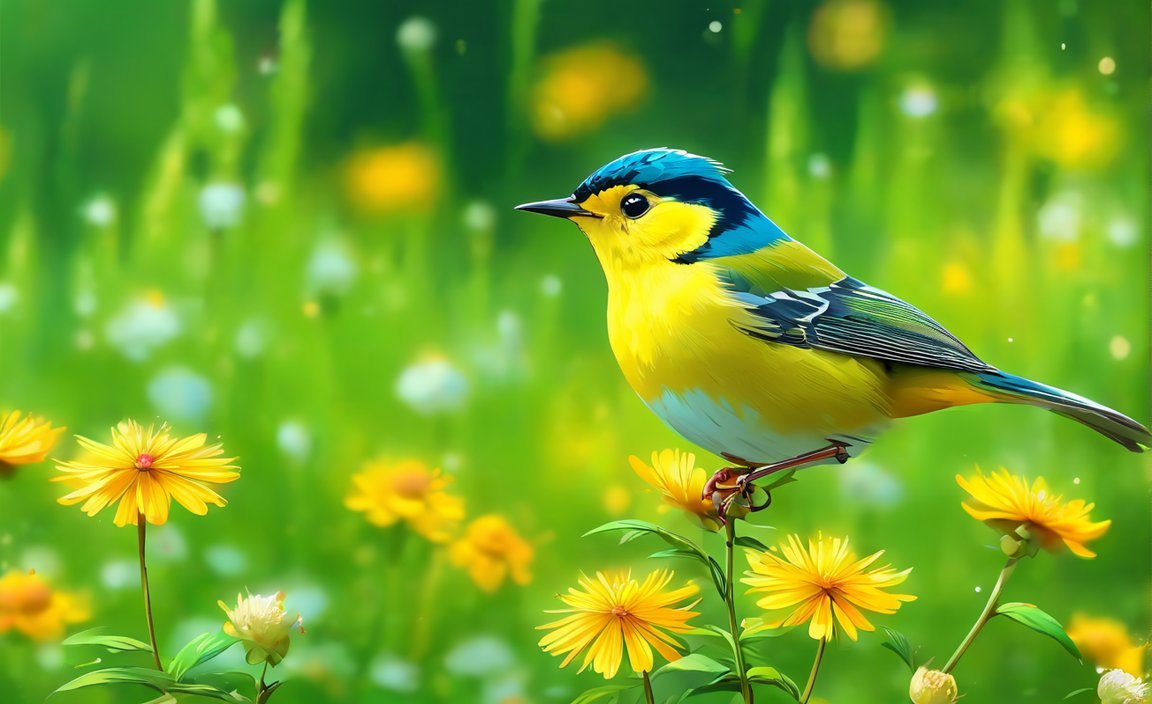
Key Takeaways:
- The Eastern Hermit Thrush (Catharus guttatus) has been the official state bird of Vermont since 1941. It is known for its melodic song and can be found in all 14 counties of the state.
- The Red Clover (Trifolium pratense) is the state flower of Vermont. It was designated as such in 1895 and adds vibrant beauty to Vermont’s landscapes.
- The selection of the Hermit Thrush and Red Clover as state symbols reflects Vermont’s pride in its natural beauty and commitment to preserving its unique wildlife and landscapes.
- Other symbols representing Vermont include the state flag, seal, tree (sugar maple), and beverage (maple syrup).
- Resources such as BirdsWave and Snowbird Collection provide valuable information on the significance of these symbols and the reasons behind their selection.
Vermont State Bird and Flower
Hermit Thrush: A Melodic Symbol of Vermont’s Natural Beauty
The Hermit Thrush (Catharus guttatus) has been proudly declared as the state bird of Vermont since 1941[^1^]. With its brown upper body and cream-colored chest adorned with spots, the Hermit Thrush beautifully represents the natural beauty and rich wildlife of the state[^3^][^4^].
Despite its name, the Hermit Thrush can be found in all 14 counties of Vermont[^2^]. Its enchanting, melodic song has made it beloved among bird lovers and enthusiasts.
But why was the Hermit Thrush chosen as Vermont’s state bird? The decision was simple – this bird is a common inhabitant of Vermont, even though it migrates south during the winter. Its return to the state during other seasons brings joy to both residents and visitors, as they are treated to the delightful songs of this small songbird.
Red Clover: A Vibrant Emblem of Vermont’s Landscape
In addition to the Hermit Thrush, Vermont has also selected the Red Clover (Trifolium pratense) as its state flower[^1^][^2^]. This beautiful flower became the state symbol on February 1, 1895[^2^]. The Red Clover adds a vibrant touch to Vermont’s picturesque countryside, enhancing the allure of the state’s landscapes.
The significance of the Red Clover to Vermont’s people is closely tied to their pride in the state’s natural beauty. Its presence in the countryside reflects the commitment to preserve the unique wildlife and landscapes that make Vermont so special[^2^].
Discovering Vermont’s Natural Treasures
The selection of the Hermit Thrush and Red Clover as the state bird and flower of Vermont represents the state’s deep appreciation for its natural treasures. These symbols highlight not only the state’s unique wildlife and landscapes but also its cultural heritage and identity.
While the Hermit Thrush enchants with its sweet melodies and migratory patterns, the Red Clover adds vibrant beauty to Vermont’s countryside. Together, they embody the essence of Vermont’s natural beauty and the importance of preserving its rich ecosystem.
To learn more about the Hermit Thrush and Red Clover, you can visit trusted sources like “BirdsWave” and “Snowbird Collection.” These resources provide valuable information about the state bird and flower, along with the reasons behind their selection[^1^][^2^].
In conclusion, the Hermit Thrush and Red Clover are iconic symbols of Vermont. As you explore the state’s breathtaking landscapes, keep an ear out for the melodic songs of the Hermit Thrush and delight in the sight of the vibrant Red Clover. These natural treasures will surely leave you with a deep appreciation for Vermont’s unique wildlife and scenic wonders.
References
[^1^]: Birds Wave Editors. (n.d.). What is the State Bird of Vermont? Retrieved from https://www.birdswave.com/what-is-the-state-bird-of-vermon/
[^2^]: Snowbird Collection. (n.d.). The Conception of the Vermont State Flower and Bird. Retrieved from https://www.snowbirdcollection.com/the-conception-of-the-vermont-state-flower-and-bird/
[^3^]: OpticsMag Editors. (n.d.). What Is Vermont’s State Bird? Retrieved from
[^4^]: Kids Britannica Editors. (n.d.). Vermont state symbols. Retrieved from
In Florida, there is a city located on Tocobaga land. Discover more about this fascinating place by clicking here.
Explore the intriguing geography of ancient India and delve into its rich history by clicking here.
Would you like to know which state in India boasts the most rivers? Click here to find out!
Are you curious about the exact coordinates of Iceland? Satiate your curiosity by clicking here.
Significance and Role of the Eastern Hermit Thrush in Vermont’s Ecosystem
The Eastern Hermit Thrush is a remarkable bird species that plays a crucial role in Vermont’s diverse ecosystem. This charming creature holds the prestigious title of being the state bird of Vermont, and it’s no wonder why. Its enchanting song and ubiquitous presence in all 14 counties of Vermont have captured the hearts of residents and visitors alike. But beyond its inherent beauty and melodic voice, the Eastern Hermit Thrush contributes significantly to the health and balance of Vermont’s natural environment.
Indicative of a Healthy Ecosystem
The presence of the Eastern Hermit Thrush serves as an indicator of the overall health and diversity of Vermont’s woodland habitats. As a species that thrives in mature forests, its presence signifies the preservation of these crucial ecosystems. The Hermit Thrush’s ability to tolerate disturbances, such as moderate habitat alteration or human presence, highlights its resilience and adaptability. By protecting and preserving its habitat, we ensure the population of this iconic bird continues to flourish, and the integrity of Vermont’s ecosystem remains intact.
Ecological Role and Habitat
The Eastern Hermit Thrush plays a vital role in Vermont’s ecosystem through its feeding habits and migratory behavior. This bird has a varied diet, consisting of a wide range of food items that change with each season. During the breeding season, the Hermit Thrush primarily feeds on insects, especially those found in moist coniferous forests and mature mixed woodlands. As the seasons transition, their diet shifts to include fruits and berries, such as those found in the abundant berry bushes. This flexible feeding behavior contributes to the dispersal of seeds, helping with forest regeneration and maintaining biodiversity.
Conservation and Attraction Measures
To aid conservation efforts and attract Eastern Hermit Thrushes to your own backyard, there are several steps you can take. Planting berry bushes and native trees that provide food and shelter can create an inviting habitat for these birds. Additionally, reducing or eliminating pesticide use helps maintain a healthy food chain for the Hermit Thrush and other wildlife. By taking these conservation measures, you can contribute to the preservation of the Eastern Hermit Thrush population and encourage their continued presence in Vermont.
Conclusion
The Eastern Hermit Thrush holds an esteemed position as the state bird of Vermont, symbolizing the state’s commitment to conserving its natural beauty and rich biodiversity. Its ability to thrive in various habitats and adapt to disturbances showcases its resilience and the importance of protecting Vermont’s woodland ecosystems. By appreciating the significance and role of the Eastern Hermit Thrush in Vermont’s ecosystem, we can foster a deeper connection with nature and inspire others to join in the conservation efforts that ensure the thriving existence of this beloved bird species.
Key Takeaways:
– The Eastern Hermit Thrush is the state bird of Vermont, chosen in 1941 due to its sweet call and residence in all 14 counties of the state.
– Its presence indicates the health and diversity of Vermont’s woodland habitats.
– The Hermit Thrush plays a vital role in seed dispersal and forest regeneration.
– Planting berry bushes and native trees can attract and support the Eastern Hermit Thrush population.
– Conservation measures, such as reducing pesticide use, contribute to the preservation of Hermit Thrushes in Vermont.
Sources:
– Vermont Fish & Wildlife Department. (n.d.). Hermit Thrush. Retrieved from
– State Birds – Blogger. (n.d.). Vermont Hermit Thrush State Bird. Retrieved from statebirds.blogspot.com
Exploring the Red Clover: Features, Symbolism, and Cultural Importance
The red clover, with its vibrant pink-purple flowers and trifoliate leaflets, holds significant cultural importance as the official state flower of Vermont. Let’s delve into the features, symbolism, and cultural significance of this beautiful plant.
Features of the Red Clover
The red clover, scientifically known as Trifolium pratense, is a small, short-lived herbaceous plant that belongs to the Legume family. It can be identified by its dark pink-purple flowers that bloom in dense inflorescence. The plant’s leaves are arranged in a distinctive trifoliate pattern with a chevron-like pale marking.
Aside from its visual appeal, the red clover has been utilized for various herbal and medicinal purposes. It is renowned for its nourishing properties, and is often used for herbal remedies. However, it’s important to consult with a healthcare professional before using red clover, as it may have contraindications for some individuals.
Symbolism of the Red Clover
The red clover holds significant symbolism in Vermont’s culture. It represents the state’s agricultural heritage and natural beauty, as farmers in Vermont grow clover as cattle feed and to attract honeybees for pollination. Additionally, the red clover has symbolic associations with good luck and the sun. The four-leaf clover, a variation of the red clover, is considered a symbol of good luck.
This flower also symbolizes warmth, light, and growth, embodying the essence of Vermont’s natural beauty and the commitment to preserving its rich ecosystem. It serves as a source of pride and unity for the people of Vermont, representing their connection to the land and their appreciation for its bounty.
Cultural Importance of the Red Clover
The red clover’s cultural importance in Vermont stems from its representation of the state’s farms and fields. It signifies the agricultural practices that are deeply rooted in Vermont’s history and still thriving today. As a gathering place for honeybees, the red clover plays a vital role in supporting pollinator populations, highlighting the importance of preserving and protecting the state’s natural habitats.
The red clover is not only valued for its practical uses in agriculture and herbal medicine but also for its ability to evoke a sense of wonder and enchantment. Its presence in Vermont’s countryside adds vibrancy and enhances the scenic beauty of the state.
In conclusion, the red clover is more than just a state flower—it is a symbol of Vermont’s agricultural heritage, natural beauty, and unity. Its vibrant colors and unique features bring joy to residents and visitors alike, while its cultural significance fosters an appreciation for the state’s natural treasures.
Key Takeaways:
- The red clover is the official state flower of Vermont, symbolizing the state’s farms and fields.
- It is a small, short-lived herbaceous plant with dark pink-purple flowers and trifoliate leaflets.
- Red clover has been used for various herbal and medicinal purposes but should be used under professional guidance.
- Symbolically, the red clover represents good luck, warmth, light, growth, and the sun.
- It holds cultural importance in Vermont as a representation of the state’s agricultural heritage and natural beauty.
Sources:
– Symbolic Meaning of a Flower
– The Alchemist’s Kitchen
The Eastern Hermit Thrush and Red Clover: Coexistence and Conservation Efforts
Bird enthusiasts in Vermont can count themselves lucky to have the Hermit Thrush as a resident species. This small, brown bird with a spotted breast and a reddish tail is not only beautiful to observe but also holds the honor of being the official state bird of Vermont[^1^]. In this article, we will explore various aspects of the Hermit Thrush, including its status, habitat, diet, reproduction, and management. We will also delve into the significance of the Red Clover—Vermont’s official state flower—in the ecosystem and preservation efforts[^1^][^2^].
Status
The Hermit Thrush population in Vermont is considered stable and may even be increasing, according to bird surveys[^1^]. This is certainly good news for bird conservation efforts and suggests that the species is thriving in its environment.
Habitat
The Hermit Thrush can be found in a variety of woodland habitats throughout Vermont[^1^]. This small songbird prefers forest interiors with openings such as ponds or meadows close by. For breeding purposes, the Hermit Thrush utilizes young to mature mixed woodlands, where it builds its nests and raises its young.
Diet
The Hermit Thrush is known for its varied diet, which changes with the seasons[^1^]. During late fall and migration, it primarily feeds on fruit, particularly raspberries. In other seasons, it consumes a wide variety of food items to meet its nutritional needs.
Reproduction
The Hermit Thrush leaves Vermont in mid-October but is one of the first woodland birds to return in the spring, arriving in April[^1^]. While it rarely attempts to winter in Vermont, it may occasionally show up at birdfeeders. The nesting season for the Hermit Thrush is from mid-May to mid-August, during which it may raise a second brood.
Management
If you want to attract Hermit Thrushes to your yard, there are several ways to do so. Since a significant portion of their diet consists of fruits and berries, planting berry bushes can be a great way to invite Hermit Thrushes into your garden[^1^]. Additionally, providing suitable habitat with mixed woodlands and opening areas, such as ponds or meadows, can attract these beautiful songbirds.
The Red Clover is not only Vermont’s official state flower[^2^], but it also plays an essential role in the ecosystem. As a flowering plant, the Red Clover attracts pollinators and supports their populations. It adds vibrancy to Vermont’s countryside and symbolizes the state’s commitment to preserving its natural beauty.
Conservation efforts are crucial for the continued coexistence of the Eastern Hermit Thrush and the Red Clover. By preserving their habitats and protecting the biodiversity of Vermont’s woodlands, we can ensure their survival and the integrity of the state’s ecosystem. Additionally, reducing pesticide use and promoting native plant growth can contribute to the well-being of both the Hermit Thrush and the Red Clover.
Key Takeaways:
- The Eastern Hermit Thrush is the official state bird of Vermont, known for its beautiful appearance and enchanting song[^1^].
- The Hermit Thrush population in Vermont is considered stable and may even be increasing[^1^].
- This small songbird can be found in a variety of woodland habitats throughout Vermont, preferring forest interiors with openings such as ponds or meadows close by[^1^].
- The Hermit Thrush has a varied diet, with a preference for fruits and berries during late fall and migration[^1^].
- It leaves Vermont in mid-October but returns in April, with the nesting season from mid-May to mid-August[^1^].
- To attract Hermit Thrushes to your yard, consider planting berry bushes and providing suitable habitat with mixed woodlands and opening areas[^1^].
- The Red Clover is Vermont’s official state flower, adding vibrancy to the countryside and symbolizing the state’s commitment to preserving its natural beauty[^2^].
- The Red Clover attracts pollinators and supports their populations, playing a vital role in the ecosystem.
- Conservation efforts, such as preserving habitats and promoting native plant growth, are crucial for the coexistence of the Hermit Thrush and the Red Clover[^1^][^2^].
References:
- Vermont Fish & Wildlife Department. “Hermit Thrush | Vermont Fish & Wildlife Department.” vtfishandwildlife.com. Link
- Audubon. “Hermit Thrush | Audubon Field Guide.” audubon.org. Link
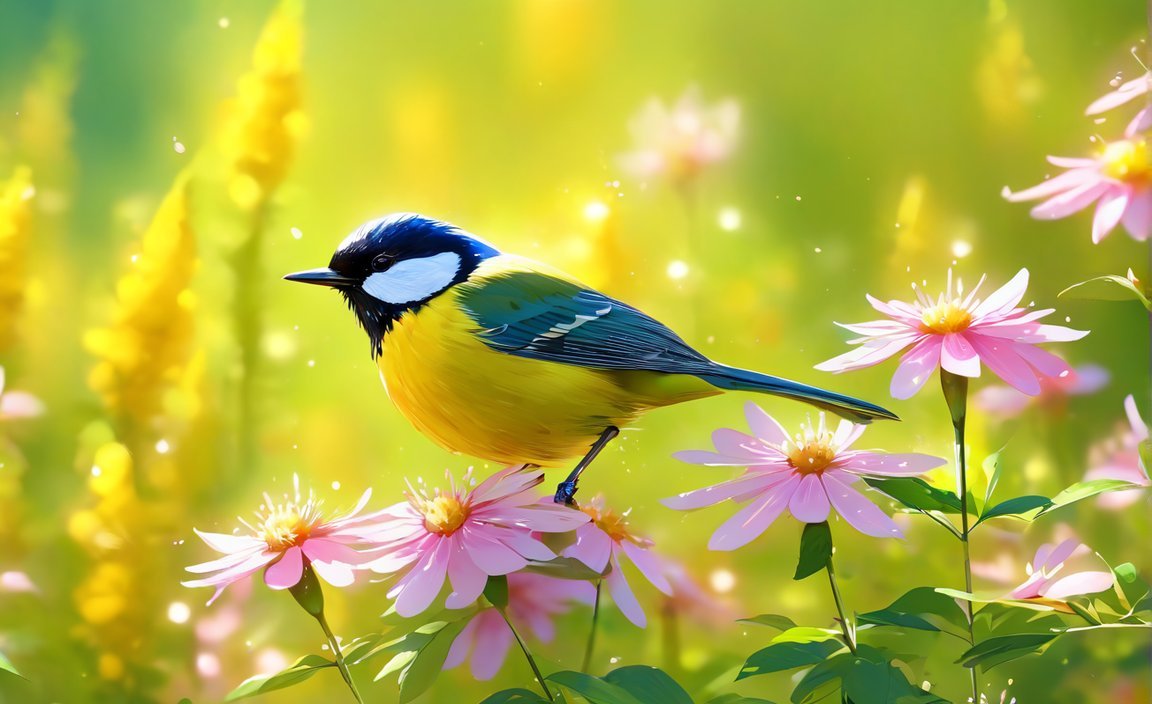
FAQ
Q1: What is the significance of the Hermit Thrush as the state bird of Vermont?
A1: The Hermit Thrush is the state bird of Vermont because it is a native Vermonter, a summer visitor, and its distinctive sweet call and residence in all 14 counties of the state contributed to its selection as the state bird.
Q2: How can I attract Hermit Thrushes to my yard?
A2: To attract Hermit Thrushes to your yard, you can plant berry bushes since a significant portion of their diet consists of fruits and berries. Additionally, providing suitable habitat with mixed woodlands and openings such as ponds or meadows can also attract these beautiful songbirds.
Q3: What is the status of the Hermit Thrush population in Vermont?
A3: According to bird surveys, the Hermit Thrush population in Vermont is considered stable and may even be increasing. This suggests that the species is thriving in its environment.
Q4: What is the symbolism behind the Red Clover as Vermont’s state flower?
A4: The Red Clover represents Vermont’s farms and fields and holds significant symbolism in the state’s culture, symbolizing its agricultural heritage and natural beauty. It is associated with good luck, warmth, light, and growth.
Q5: Are there any contraindications to using Red Clover for herbal and medicinal purposes?
A5: While Red Clover is known for its nourishing properties and has been used for herbal indications, there may be some contraindications. It is recommended to consult with a healthcare professional before using Red Clover for any medicinal purposes.
